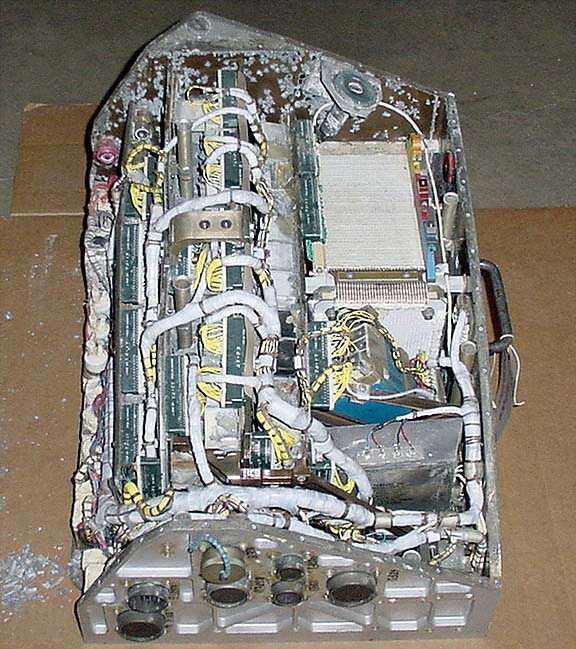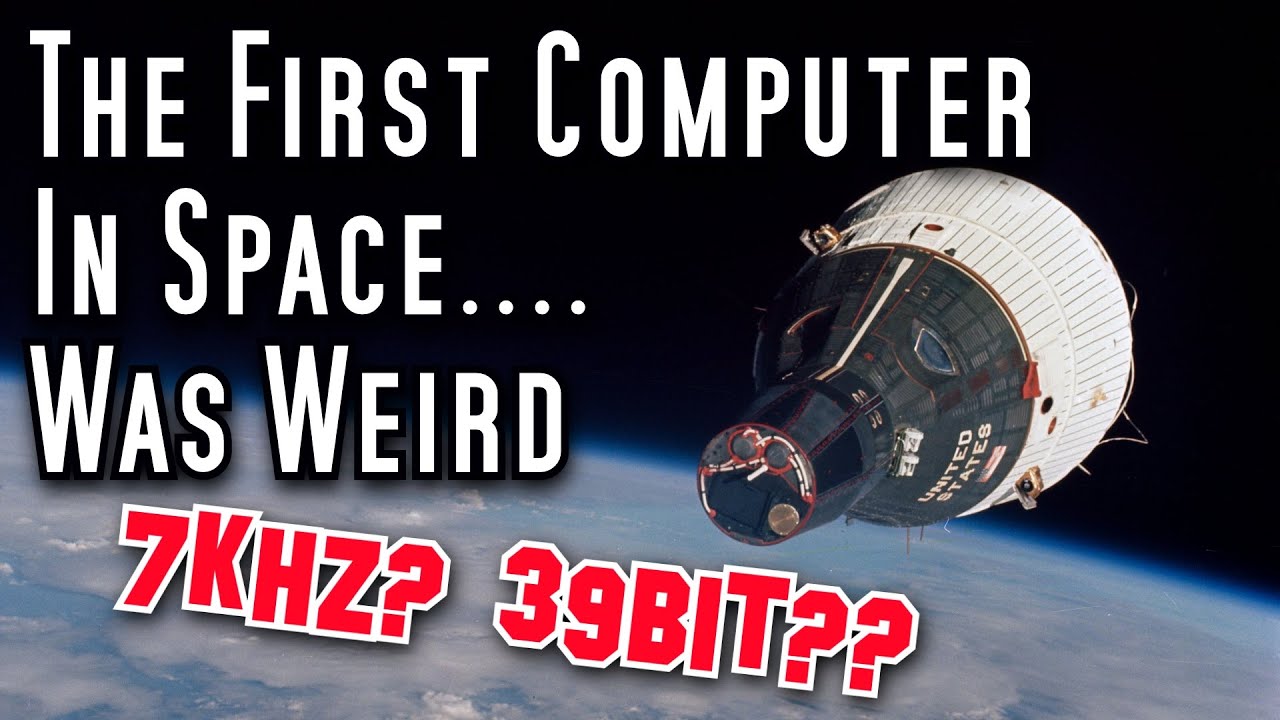
The Gemini Spacecraft Computer (also called On-Board Computer) was the first general-purpose computer to fly in space. Designed and built by the IBM Federal Systems Division, it had a mass of 27.2 kg and had 4096 words of magnetic core memory with 39 bits per word. Instructions were 13 bits in length, so three could be packed into one word, or a word could contain one instruction and one 26 two’s complement integer data value. The low 13 bits of all words were hardware write-protected for flight, with the rest read/write. Instruction cycle time was 140 microseconds (7.14 kHz clock rate) with all instructions completing in one cycle except for multiply and divide, which required the programmer to insert no-operation codes sufficient for the instruction to complete before using the result. In later Gemini flights (VIII through XII), an auxiliary tape memory was added which allowed loading programs into the read/write memory from tape.
The Saturn Launch Vehicle Digital Computer (not to be confused with the Apollo Guidance Computer in the spacecraft), was developed by the same division of IBM and was similar in architecture and design to the Gemini Spacecraft Computer.
